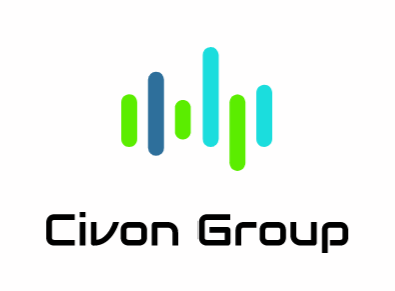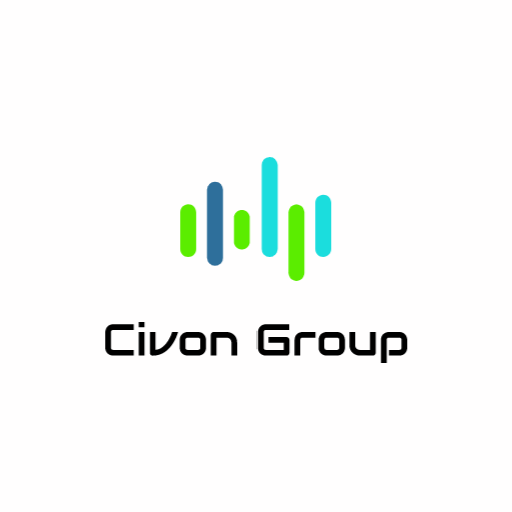By The Civon Group

“Take care of your employees, and they will take care of your customers.” — Richard Branson
Employee Experience Impact is no longer just an HR concern—it’s a revenue strategy. Businesses spend millions on marketing, sales, and product development, yet many ignore a critical factor influencing their bottom line: their employees’ experience.
Companies that prioritize employee engagement and development see higher customer satisfaction, stronger brand loyalty, and significant revenue growth. In fact, research shows that organizations excelling in employee experience impact achieve 60% higher customer engagement and outperform competitors by 147% in earnings per share.
It’s time to shift the mindset: Investing in employee experience (EX) isn’t an expense—it’s a high-ROI business decision. Let’s break down exactly how EX affects CX and revenue growth.
Additional Reading: Employee Experience Platforms
Employee Experience Impact: The Direct Connection to Revenue Growth
Too many organizations still treat employees as a cost to minimize, rather than an asset to maximize. However, recent research proves that improving EX leads to measurable financial gains.
A study of 1,000 retail locations found that moving a store from the bottom quartile to the top quartile in employee experience impact resulted in:
- 50% increase in revenue per employee-hour
- 45% increase in profits per employee-hour
That’s not a small gain—it’s a complete transformation.
What Drives Employee Experience Impact?
To improve employee experience impact, companies must focus on four key areas:
✔ Employee Tenure – Longer employee retention improves service quality.
✔ Training & Development – Skilled employees enhance customer interactions.
✔ Full-Time vs. Part-Time Balance – More full-time employees drive consistency.
✔ Internal Career Mobility – Opportunities for growth increase engagement.
Companies that invest in these areas create a workforce that’s engaged, motivated, and equipped to provide exceptional customer service.
The Link Between Employee Engagement and CX
Why Employee Satisfaction and Customer Loyalty Are Connected
It’s simple: Happy employees = Happy customers. But how strong is this link?
Harvard Business Review found that 55% of executives believe it’s impossible to provide an outstanding customer experience without first improving employee experience impact.
Additionally, companies leading in customer experience (CX) also have employees who are 60% more engaged than their competitors.
Consider this: If an employee feels overworked, underappreciated, or disengaged, how likely are they to go the extra mile for a customer? Now, compare that to an employee who is motivated, supported, and trained—they naturally deliver exceptional service.
🔹 Key takeaway: Companies that invest in employee satisfaction and customer loyalty see higher retention rates, better service, and increased revenue.
The ROI of Employee Experience: Why Investing in EX Pays Off
Understanding Employee Experience ROI
A 150% return on investment (ROI)—that’s what one retail study calculated when shifting from poor EX to strong EX.
Here’s a simplified breakdown:
1️⃣ Current scenario: Store spends $16 per employee-hour and generates $41 in profits per hour.
2️⃣ With better EX: By investing an extra $12 per employee-hour, profits increase to $59 per hour.
3️⃣ Final result: A net gain of $18 per hour, proving that employee experience impact is a direct revenue driver.
Across industries, companies that prioritize employee experience ROI report:
- Higher customer satisfaction scores
- Lower turnover, reducing rehiring and retraining costs
- Stronger brand reputation, leading to increased sales and referrals
Companies that ignore employee experience impact risk losing customers, damaging their brand, and experiencing higher operational costs due to frequent employee churn.
Actionable Strategies to Improve Employee Experience and Customer Experience
1. Integrate HR and Business Data for Measurable Insights
One of the biggest obstacles in proving employee experience impact is that HR and financial/customer data are siloed. Companies must start connecting these metrics:
✅ Employee tenure & turnover rates → Compare to customer retention.
✅ Employee engagement scores → Analyze against customer satisfaction (NPS).
✅ Training investments → Track how they reduce customer complaints.
🔹 Actionable Tip: Companies leading in workplace experience and customer experience use data-driven insights to refine their people strategies.
2. Invest in Employee Training & Career Development
A well-trained, engaged workforce delivers superior customer service. Companies should prioritize:
- Ongoing professional development – Beyond onboarding, provide continuous learning.
- Cross-training employees – Employees with broader skills provide better service.
- Clear career growth opportunities – Engaged employees stay longer, reducing costly turnover.
🔹 Key Insight: When businesses focus on workplace experience and customer experience, they create environments where employees feel valued and empowered to excel.
3. Strengthen Leadership and Employee Recognition
Managers and senior leaders set the tone for employee engagement. A survey of government employees revealed:
📉 Only 48% of employees believe senior leaders inspire motivation.
📉 43% feel that management fails to involve employees in decisions affecting their work.
Leadership must:
✔ Regularly recognize employees for their contributions.
✔ Encourage open feedback loops to foster trust.
✔ Empower employees with decision-making autonomy.
Organizations that excel in employee engagement and CX see higher customer satisfaction and long-term profitability.
The Bottom Line: Employee Experience Impact Is the Key to Business Success
The evidence is overwhelming: Investing in employees leads to increased revenue, stronger customer relationships, and a more resilient business.
🔹 Employee engagement drives customer engagement.
🔹 Satisfied employees create loyal customers.
🔹 Prioritizing EX delivers a measurable financial ROI.
The best part? These strategies don’t require a massive overhaul—just a shift in focus. Start treating employee experience impact as a core business strategy, integrate EX with CX data, and empower employees to deliver their best work.
📣 Final Thought: The businesses that thrive in the future won’t just be the ones with the best products or marketing. They’ll be the ones that understand the power of their people.
Are you ready to make employee experience impact your competitive advantage? 🚀


Recent Comments